How to Make Beef Tallow
On July 19, 2023
This post may contain affiliate links. Please read our disclosure policy.
Making your own beef tallow is a great way to use extra fat trimmings from brisket or other parts of the cow. The beef tallow makes for a delicious substitute for oil or butter, and it tastes amazing. It’s quite easy to make and if you follow along, I’ll show you how to make beef tallow in your own kitchen.
What is Beef Tallow?
“Tallow” is a fancy name for rendered fat. Specifically, beef tallow is beef fat that has been cooked down with impurities removed. Tallow is a liquid when heated and a solid when cool, making it a great substitution for oil and butter in recipes.
Tallow used to be used much more often until vegetable shortening and other oils became mainstream, but there is no reason why it can’t be used when cooking at home. It’s also a great way to use up all those trimmings leftover from Trimming a Brisket to get the most bang for your buck when purchasing a whole-packer brisket.
Beef tallow is extremely versatile. In the past, it was often used in making candles, soaps, skin products, and much more. For those of us into BBQ, beef tallow is a great item to have on hand for cooking as it’s packed full of flavor that brings a different element to sautéed veggies and cooked potatoes.
Tools for Making Beef Tallow
Making beef tallow is not difficult, but there are a few items and tools you’ll need to have on hand to help you achieve that gorgeous, smooth beef tallow as a final product. I’ve linked a few of the things you’ll need to assemble prior to rendering the tallow.
- 16-quart stock pot. The fat cooks down in a stock pot, and I recommend you use a bigger pot that you think you’ll need. You don’t want any fat splashing on your countertops or stove top, believe me.
- Fine mesh strainer. Make sure you have a pretty fine strainer on hand to strain all the large pieces of meat and other impurities that don’t cook down with the fat.
- Funnel. A funnel is a must-have when doing the final straining into your storage jar(s). Any funnel will do here. I linked a funnel/strainer combo so you can snag both and have fewer items to purchase for making this tallow.
- 100% cotton cheesecloth. Cheesecloth is the best item to use to do the final straining, but if you don’t have any on hand, you can also use a coffee filter or paper towel.
- Wide-mouth mason jars. A wide-mouth mason jar makes the perfect jar for storing your tallow. The wide mouth makes it easier to get the tallow in and out, and it’ll store nicely in the fridge.
How to Render Beef Tallow
Once you have all your tools gathered, you’re ready to render some beef tallow! Do not be intimidated by this process! Once you’ve tried it, you’ll find it’s pretty straightforward.
- Add the beef fat to a stock pot. Gather the beef fat in a large stock pot, and heat to a low simmer. Low and slow temperatures while you render or the fat will result in a browned tallow with a funkier flavor, and it won’t be as white when it cools.
- Slowly simmer to render the beef fat. During the cooking time, you will notice the fat slowly starts to render and cook. There will be a light simmer and small bubbles forming during the cooking process, but you don’t ever want a rolling boil. If your rendered fat starts bubbling too much, reduce the heat and stir well.
- Strain. Straining is important. Impurities won’t taste great and can cause the tallow to spoil faster, so make sure to strain twice. The first strain is in a fine strainer to remove any large pieces, and the second uses cheesecloth, a coffee filter, or a paper towel to get all the final small pieces removed.
- Use or store. You can use this immediately. It will remain a liquid until cooled where it will turn solid and white. Once you have your beef tallow cooked down and strained, store it in a lidded glass jar or container in the fridge for up to 3 months.
Beef Tallow Recipes
Now that you’re ready to render your own beef tallow and use it in your baking, try it out on these recipes. If the recipe doesn’t call for beef tallow specifically, you can use it in place of oil or butter.
- Skillet Potatoes. This recipe calls for cooking the potatoes in beef tallow, and oh, baby, are these the best potatoes you’ll ever have.
- Reverse Seared Steak. When making a tasty reverse-seared steak, try searing the steak in some tallow for extra flavor!
- Homemade Cornbread. You can use this beef tallow in place of butter in most recipes. Try substituting for the butter in this recipe for a killer flavor.
Homemade Beef Tallow Recipe
This recipe was created for you, backyard griller! Here at Hey Grill Hey, we’re in the business of helping you make better BBQ, feed the people you love, and become a backyard BBQ hero. You can find more of my smoking and grilling recipes here on my website (browse the Homepage for inspiration) on Instagram, YouTube or our Facebook Page.
This post was originally published in October 2020. We recently updated it with more information and helpful tips. The recipe remains the same.
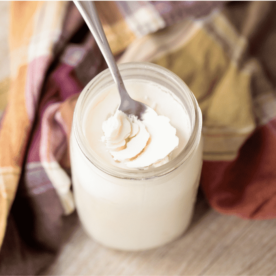
How to Make Beef Tallow
Video
Ingredients
- 3-4 pounds white beef fat or suet
Instructions
- Heat the beef fat in a large pot. Place all of your beef fat in a large 4-5 quart pot. Turn the burner on medium-low heat.
- Render the beef fat. Allow the fat to simmer at this low and slow temperature for 4 hours, stirring about every 30 minutes with a wooden spatula. If needed, scrape the spatula along the bottom of the pan to release any stuck on bits of fat or beef to prevent them from burning. Do not let your fat boil. Reduce heat and stir to maintain a very light simmer.
- Finish rendering the fat. Your tallow will be finished rendering when the fat covers most of the remaining pieces in the pan. Those pieces will be lightly browned and look crisp all over. You won't be able to see any more white or solid pieces of fat.
- Strain the rendered fat. Turn off the heat and allow the tallow to cool slightly. Prepare a large bowl fitted with a strainer. Carefully pour the tallow from the pan through the strainer into the large bowl. The strainer will catch the larger pieces of crispy rendered beef.
- Strain again into a glass jar. Fit your glass jar with a funnel and insert either a piece of cheesecloth, a coffee filter, or a paper towel. Slowly and carefully pour the tallow from the large bowl into the funnel. This step will reduce any remaining impurities in the tallow.
- Use immediately or store. Your tallow is ready to use immediately, or cover with a tight fitting lid. It should store safely in your fridge for 3 months. Use to cook skillet potatoes, sear steaks, or roast vegetables in place of other cooking fats.
Nutrition
Nutrition information is automatically calculated, so should only be used as an approximation.
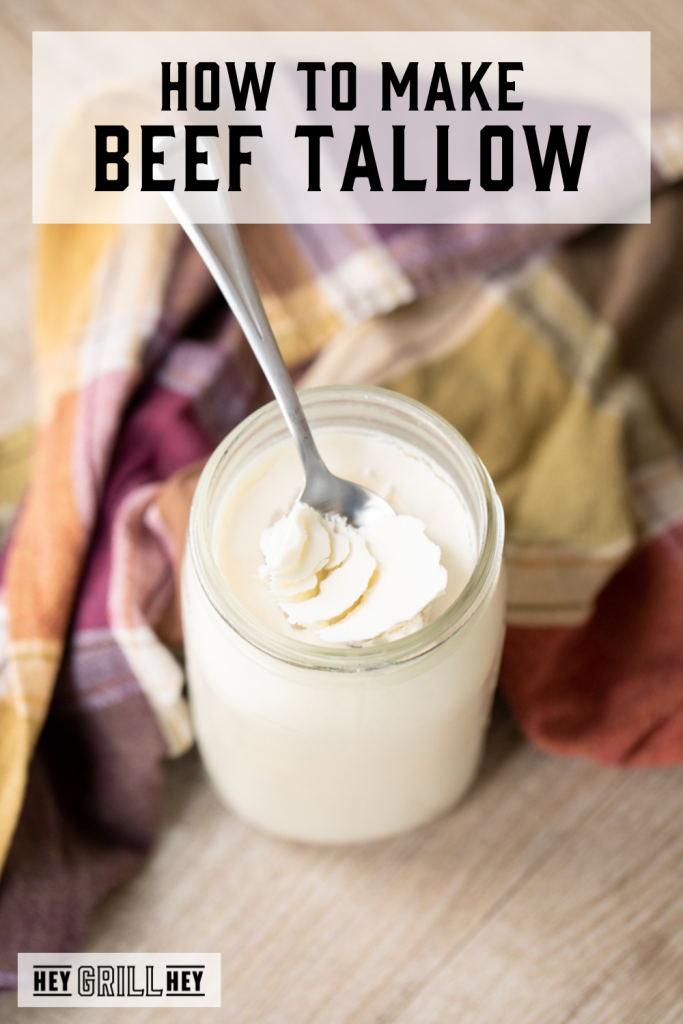
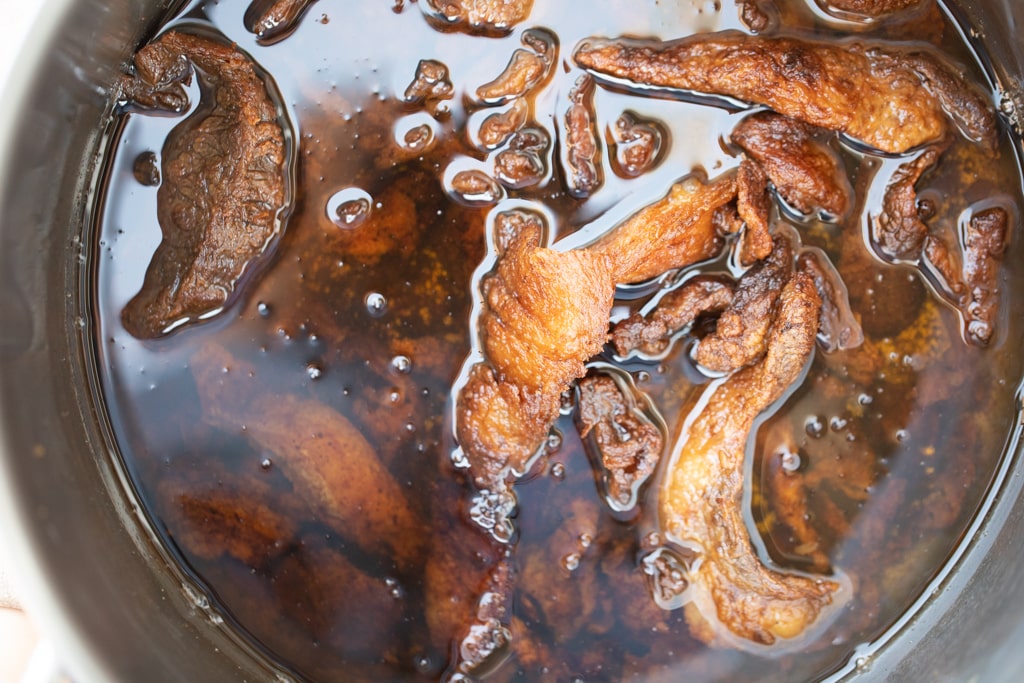
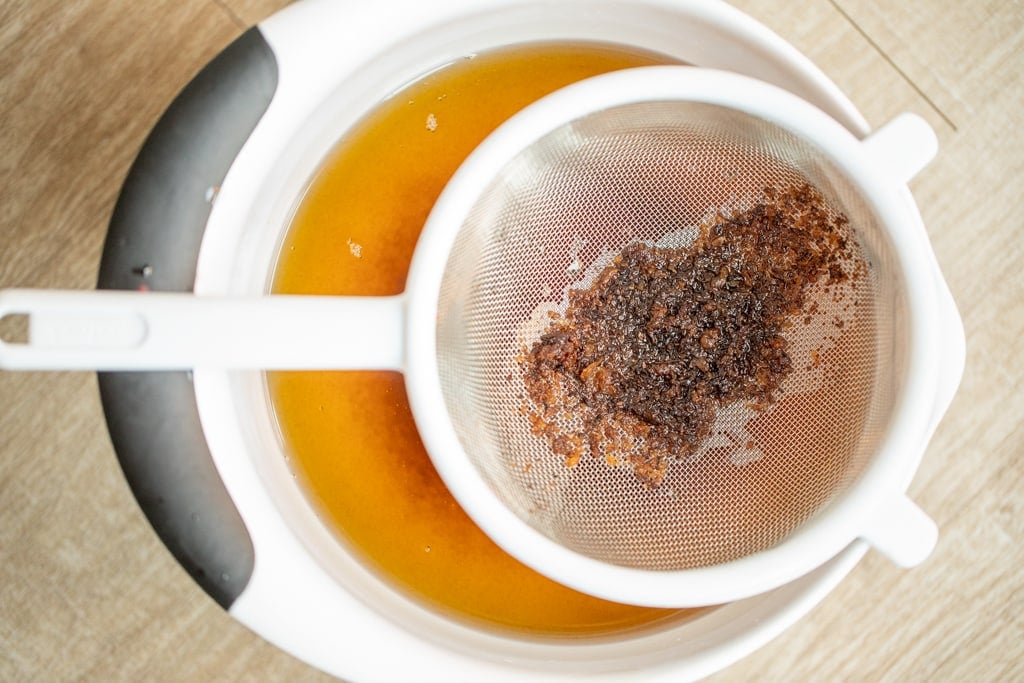
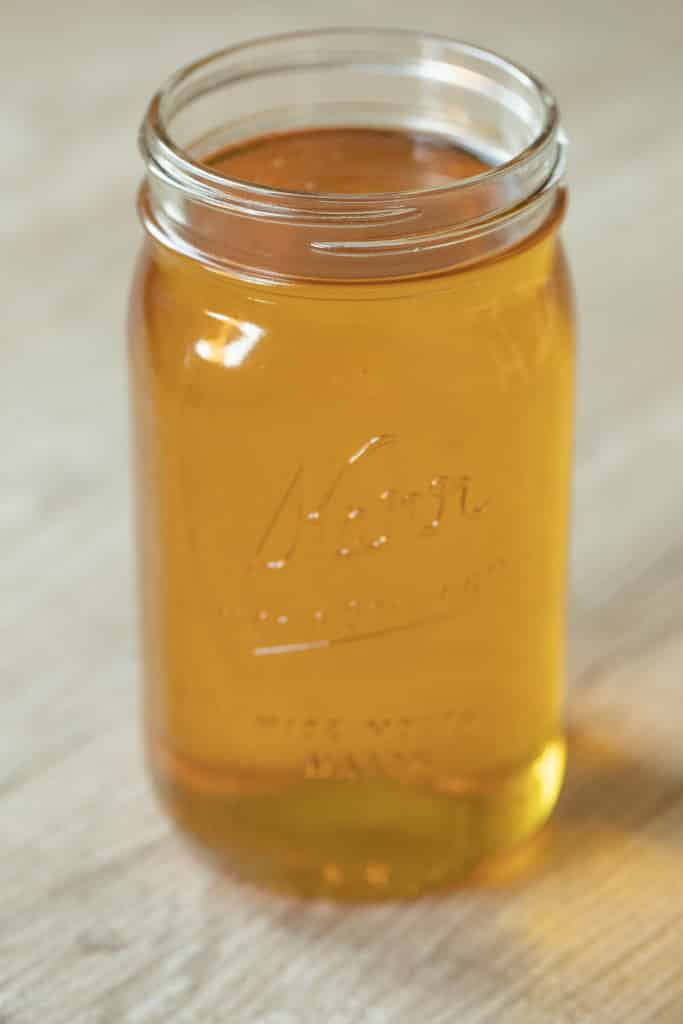

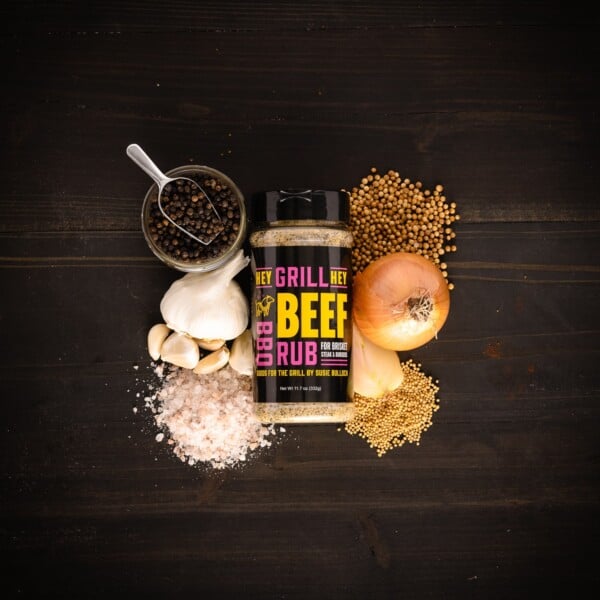
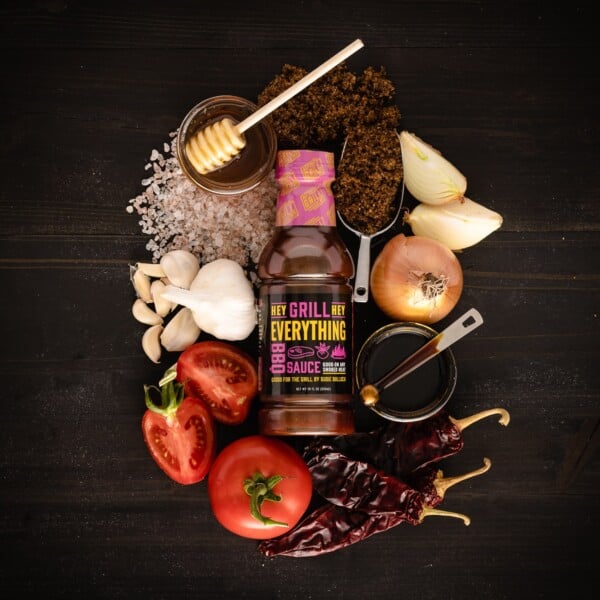
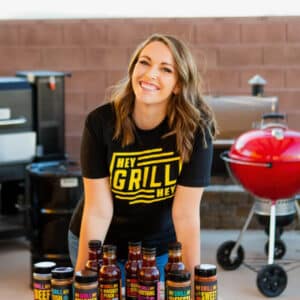

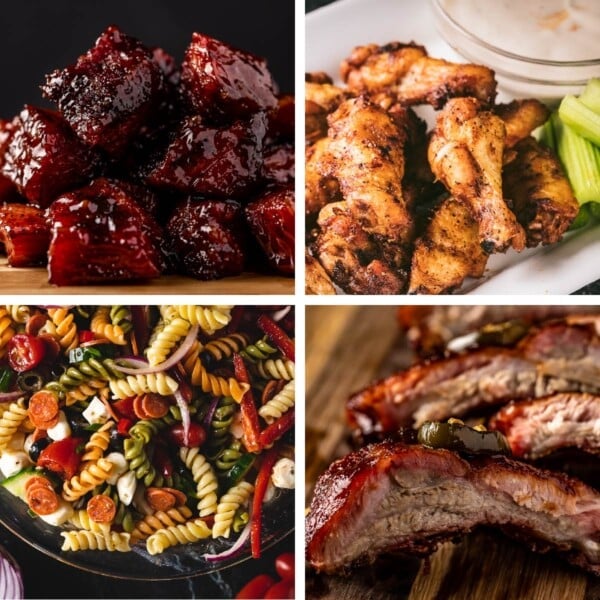
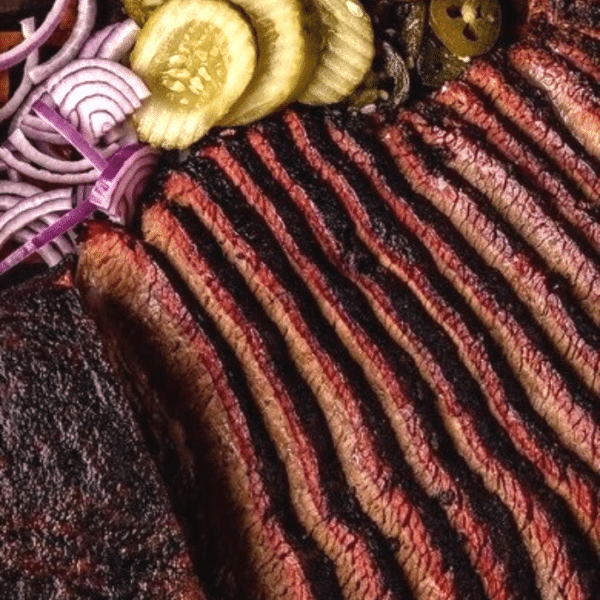

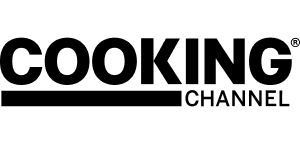




Will you get the same results if you use a crockpot on low?
I would also like to know.
A crockpot on low will work just fine!
4lb of beef fat only makes one pint jar of tallow?
Love this recipe! Although i am wondering if it can keep longer in the fridge? I have read it can be good for up to a year. I made mine months ago and it still looks fine.
Yes you can!
Be sure to cut the fat into small pieces so it will melt faster. Once the pieces have cooked long enough to become soft, you can speed the process with an immersion blender. And save the solid bits and pieces strained out (cracklins) for soups or anything you want to add beef flavor to.
I am going to use beef tallow to make soap. Thank you for an informative video…
I eat the chicharron I’m keto so I do this all the time with oxtail fat!
So just popped 5 cloves of garlic, and two table spoons of maldon salt into the beef suet cuttings and did the 4 hours smells selfish and will start to experiment using it.
Did you end up using the garlic version? How did it taste?
also curious about how this came out?
I love your video. I dont let my fat cook until its crispy. After I strain the tallow, I take the fat ,which has a little beef on it, put it in a ziploc baggie and put it in the freezer. So when I make vegetable beef stew, I put that fat in my stew for extra flavoring, but before I serve the stew. I remove the fat and discard it.Thank you for the video.
if it’s just for flavor, as an idea, maybe wrap it in cheesecloth with your larger herbs/spices you don’t want to have in your stew/soup, add to your soup/stew, then there is no straining or trying to recover the pieces of fat lingering about with a spoon or ladle or etc.,….just grab the cheesecloth goodie bag and toss in the receptacle, just my 2 cents worth…kind of like a bouquet flavoring bag
I love this idea!
Could you use a coffee filter to strain it?
Yes
Is there any way to can tallow?
There is a site that shows you how to pressure can. Same process as pressure canning beef broth. Im doing this as soon as I find the fat.
Yes, with mason jar, just put lid on while hot. Cool it off with warm water, then cold water. The lid will vacuum seal.